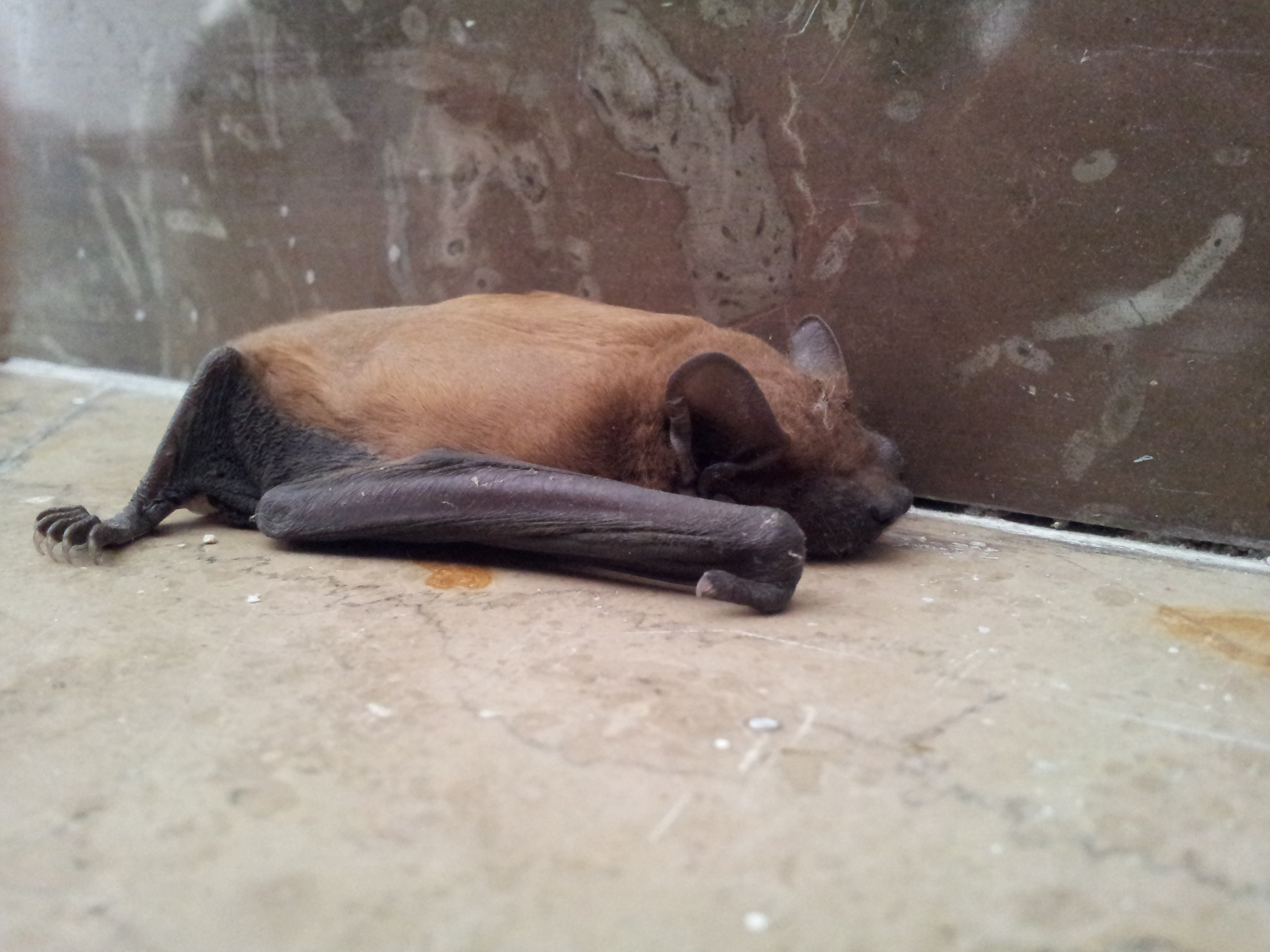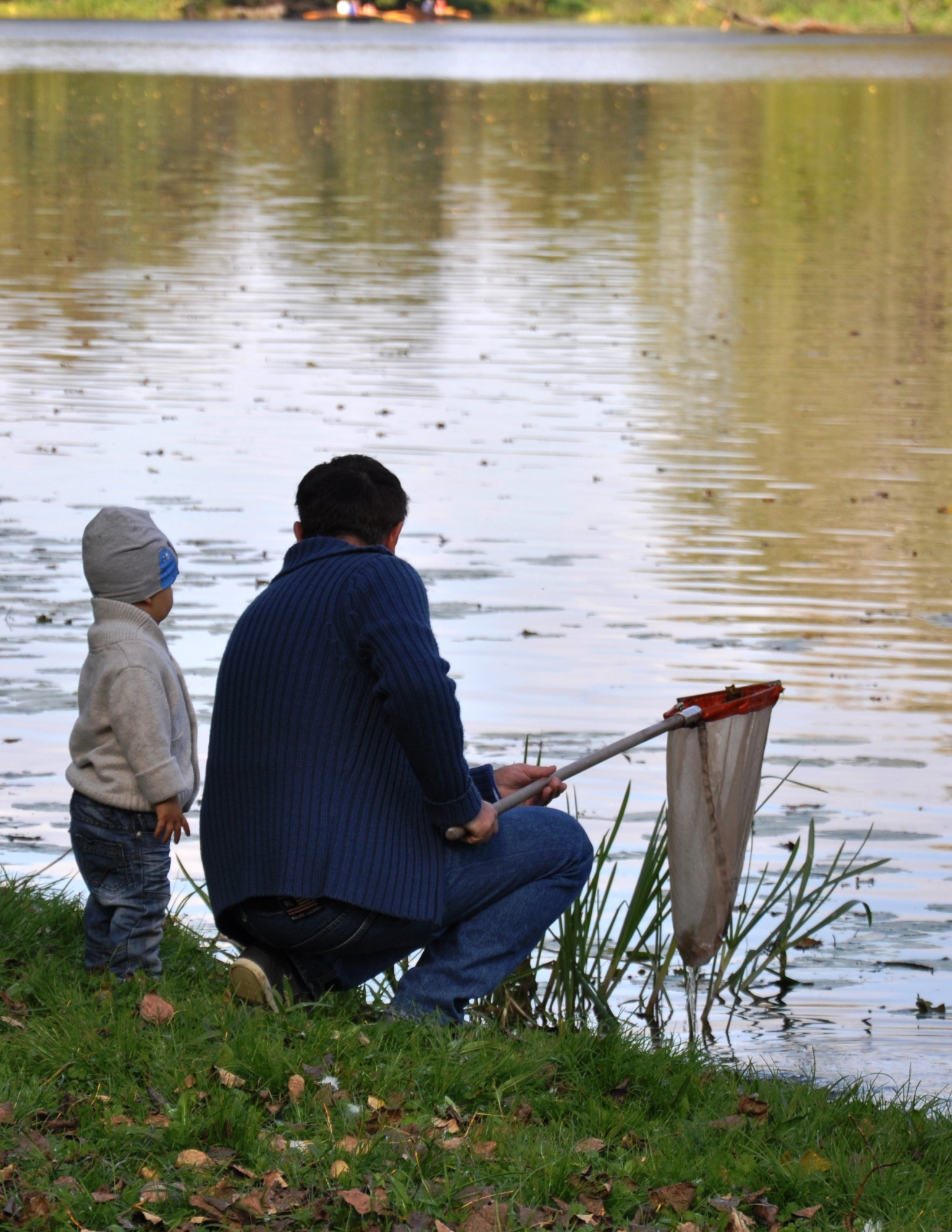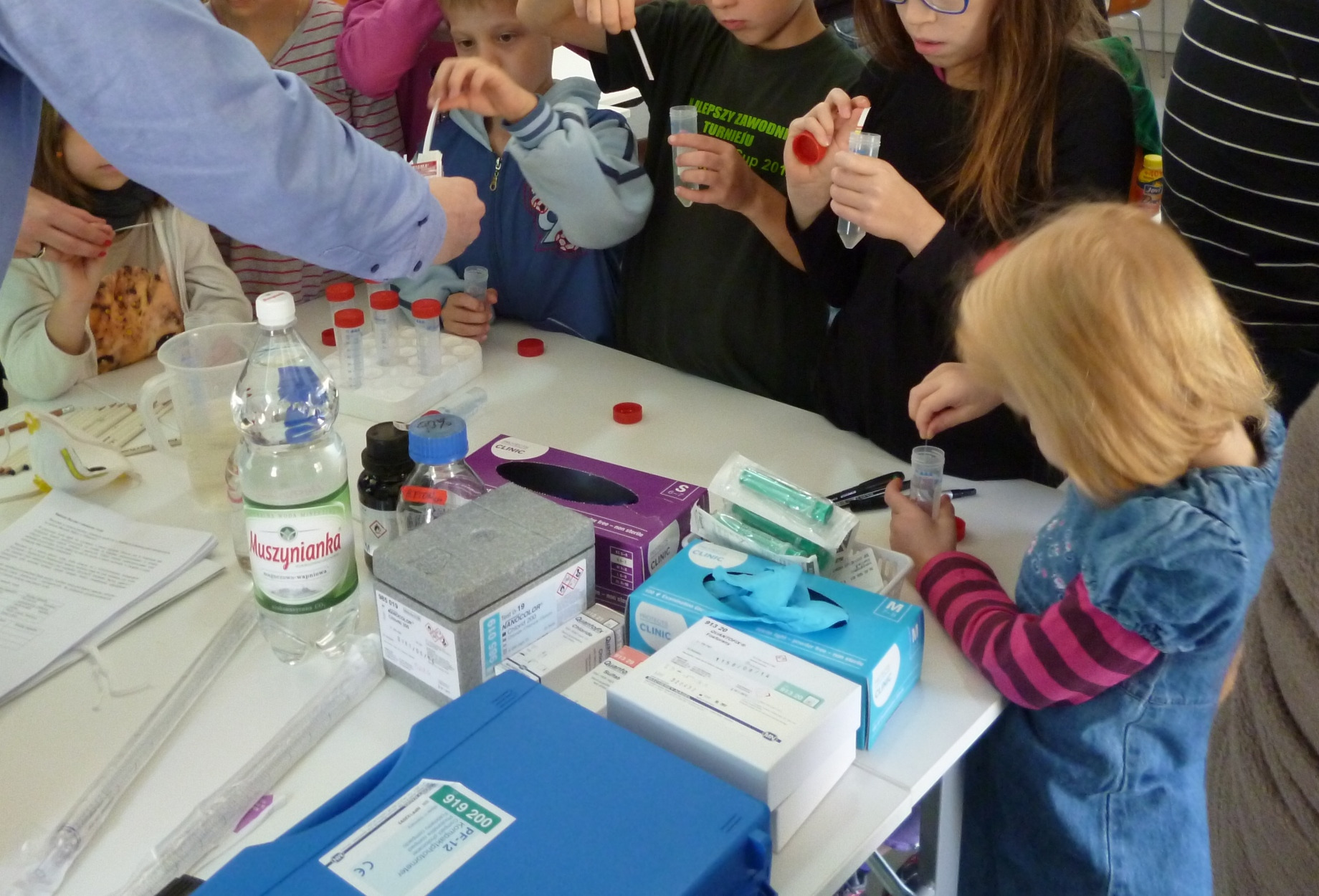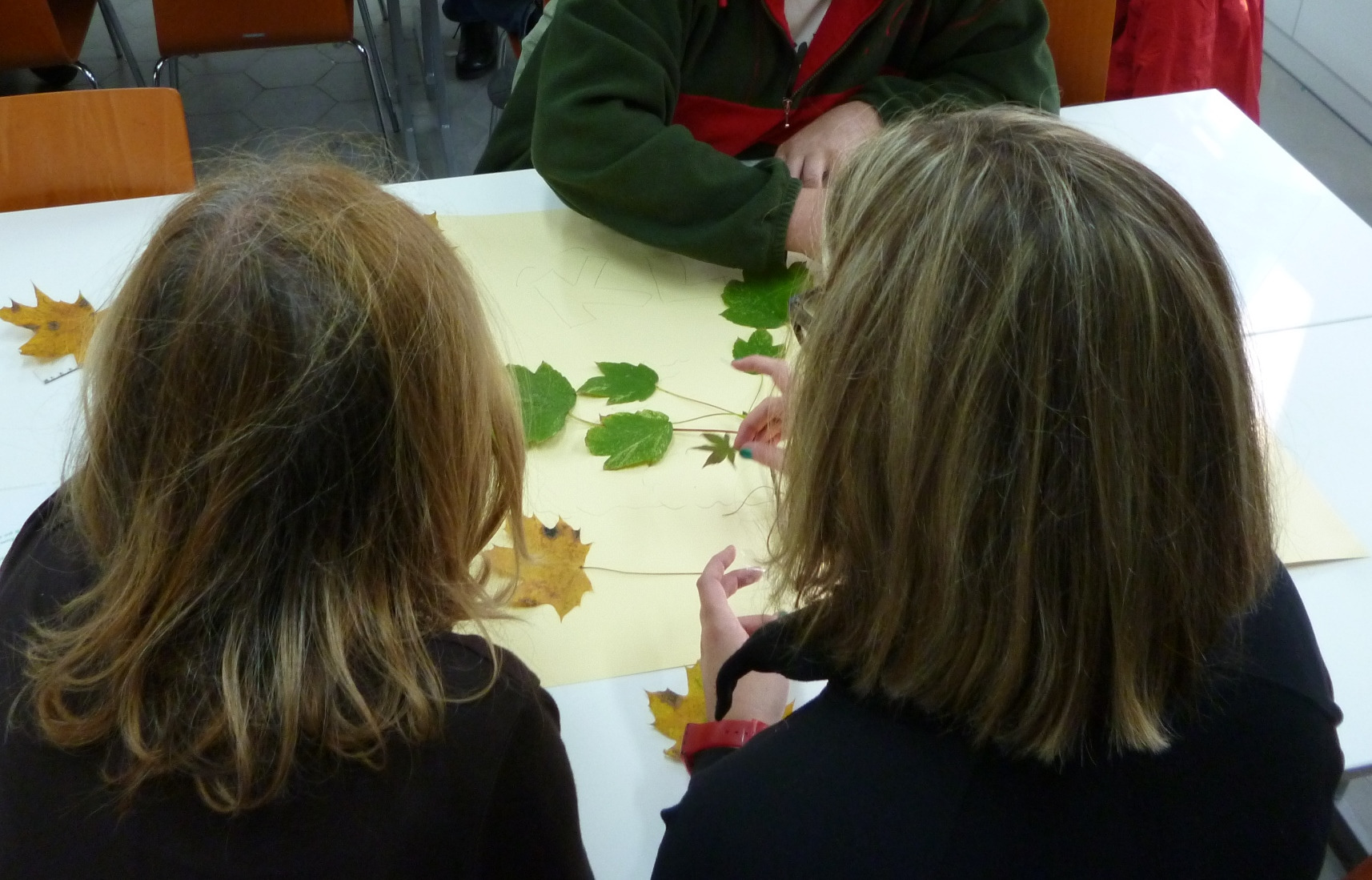Reports from EEA family meetings
On 21 September, 2014, the first nature meeting for families took place as part of the project “Social education in the conflict between urbanisation and ecology at the Wilanów Palace Museum”. The workshops focused on bats. It is not easy to meet a bat, although it sometimes happens even in the palace interiors. Marek Kowalski introduced us to the mysterious world of bats, including those in Wilanów.
Dragonflies
On 28 September, 2014, the second family workshop was held as part of the programme of meetings with specialists. This time Tomasz Karasek talked about dragonflies in the Wilanów gardens. Dragonflies are one of the groups of animals included in the research and educational project carried out at the Museum.
The participants learned many interesting facts about the biology and ecology of this group. The classes also had a practical aspect – during the meeting you could gain knowledge about searching, observing and catching individual development stages. At Lake Wilanowskie, you could try your hand at using an entomological net for catching adults and a hydrobiological scoop for catching larvae living at the bottom of reservoirs and among aquatic plants.
Water and air
On 5 October, 2014, a meeting entitled “Chemical tests of water and air” was held. The workshops were led by Łukasz Drewniak, PhD.
During the meeting, you could learn what environmental monitoring is, why we test water and air, what water quality indicators are, and how air pollution is analysed. In the practical part, participants could perform measurements themselves, for example measure the pH value, and learn about the operation of various laboratory instruments, including an automatic detector for measuring volatile organic compounds.
Birds
On 20 October, 2014, another nature meeting for families was held as part of the project “Social education in the conflict between urbanisation and ecology at the Wilanów Palace Museum”. The meeting was led by ornithologist Marek Elas.
We started with a tour of the gardens with binoculars. We learned that when observing birds, the sounds they make are as important as their appearance. During the walk, Marek Elas talked about the research carried out as part of the project. He showed, among other things, how to use a camera placed on a long pole to check whether the nest box was occupied in a given year. Participants performed mallard counting on the pond and learned to take field notes. At the end, the birds were ringed, during which they could learn about the purpose of ringing, how to distinguish between male and female great tits and blue tits, and how to examine the fatness of birds. We also had a great opportunity to see up close the smallest Polish bird – the goldcrest.
On 26 October, 2014, the last workshops were held as part of the family programme of meetings with specialists. This time, Magdalena Sobolewska, PhD talked about the variety of natural and ornamental plants in the gardens of the Museum of King Jan III’s Palace at Wilanów. During the classes, participants could learn to recognise selected species of trees and shrubs, including those without leaves. After the theoretical introduction, there was a practical part in which the participants prepared a presentation of selected species of trees and shrubs.
The meetings were conducted as part of the project “Social education in the conflict between urbanisation and ecology at the Wilanów Palace Museum” implemented thanks to the support provided by Iceland, Liechtenstein and Norway under the Financial Mechanism of the European Economic Area.
MORE ABOUT EEA FUNDS:
EEA Grants
Polish website of EEA funds
MORE ABOUT THE PROJECT >>HERE.




